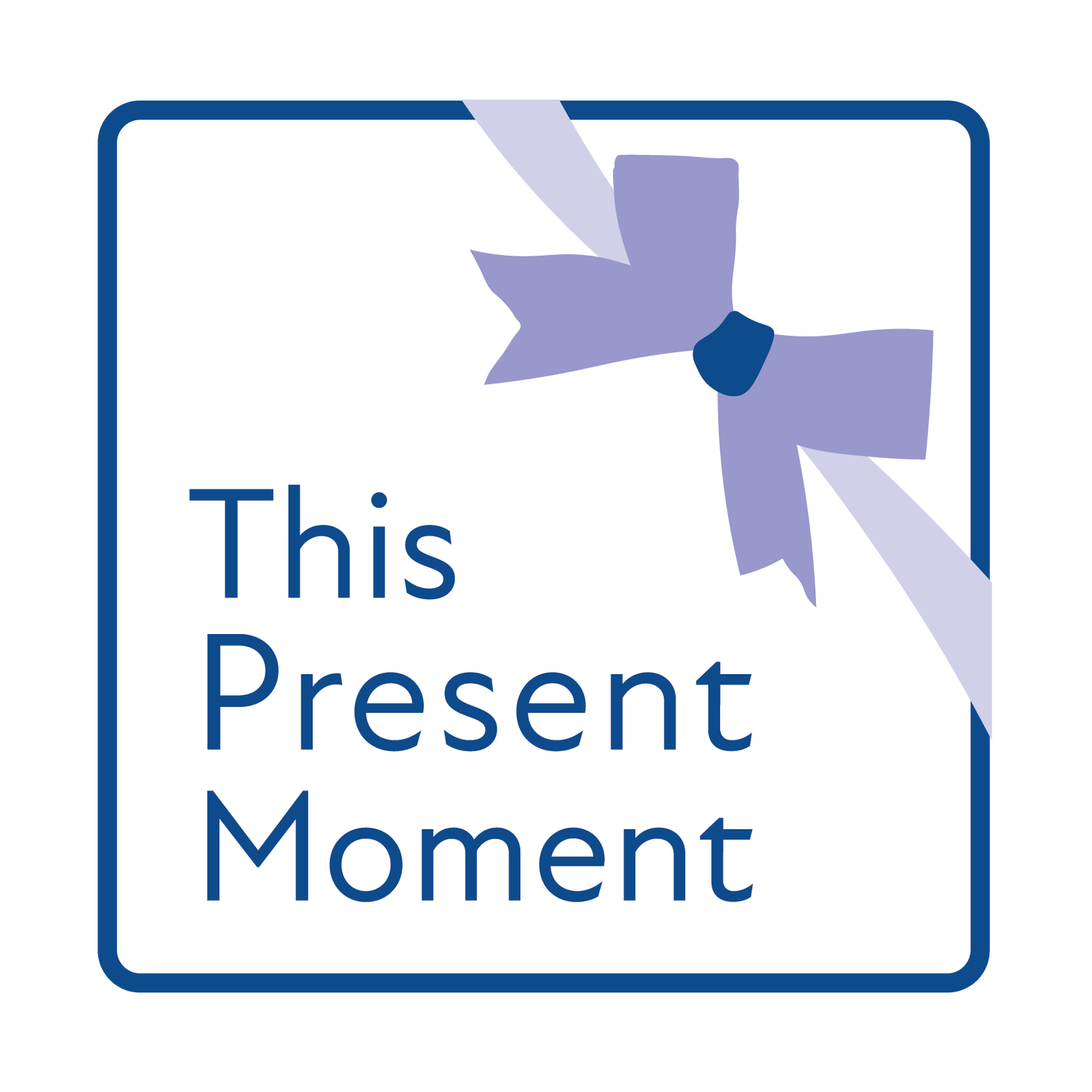Technology in Care Homes is not Resident Centred
…or residents’ families. Or even staff.
Following a (routine) conversation with social services today, I thought I would both
- get this off my chest
- see if other people have the same issues.
My mum has been living with advanced dementia in her care home for four years now (great timing, of course, as, for a large chunk of that, there were various restrictions on visiting, due to Covid. I know many people have suffered with this).
It used to be the case that everything that happened with her was recorded, in a paper record, kept in a book in her room. This meant that if we wanted to check something (is she eating ok? What is her weight?) we could pick up the book and take a look.
A few months ago now, the system was changed and everything went digital. We were told to expect to see the staff carrying tablets, and these would be updated - no more paper! In theory, this should be highly efficient. In practice it is not.
For starters, this particular system does not take into account the practicalities of a care home - it’s designed for home care. That might sound like a small difference, but it’s not. With home care, a carer will come into the home, go through the tasks they need to, from getting someone dressed, to helping them with meals. Update the software, and go to the next visit. This shows they’ve completed everything, and is time-logged.
A care home is a completely different environment. You’re not an individual (or two), helping another individual. You’re a team of people, assisting several people. Sometimes all at once.
Consider meal times. Everyone must be taken to a dining room (which in some instances could mean locating the resident in the first place). Some residents will need to be assisted with eating and drinking. Everyone is monitored as to how much they are eating. Trying to do this digitally, amongst a team, resident by resident, is not efficient. It is quicker to have a paper list where everyone’s name is ticked off, with a space to confirm they ate and add any notes.
Otherwise, each staff member is accessing one resident’s ‘account’ after another, and wading through menus to put the right information in the right place.
Solution - to make mealtimes run efficiently, use paper records, that are then used as the basis to update each residents information.
This adds extra work and leaves massive room for errors. It could simply not get done. Or an individual resident gets missed out.
Then, there’s human nature. Let’s say a carer has been assisting a resident in moving position, meanwhile, there’s an emergency bell ringing from another resident’s room and they have been called to assist. If records are kept in the room, there is a much higher chance of stopping to briefly complete the relevant update, before moving onto the next resident.
However, if records are kept in your hand, on a tablet, the option is there to think “I’ll just go and help, and then I’ll update both records together when I’ve finished”. If you’re in a rush (and, carers are often rushed off their feet), this is perfectly logical thinking, excepting that then the next thing happens, and it slips your mind.
Carers do a fantastic job in extremely difficult circumstances, so please don’t think I am not supportive of them - I 100% believe the system provided is at fault here.
The chances of something not getting updated are increased I believe in this instance, by the use of software.
Then there is the issue of access of families to data. In theory, this remains. However, there’s a big difference between being able to sit with my mum, looking through the book of information in her room, versus trying to find a carer to then show me the information. There are a lot of barriers to this working for a family member. Personally, I’m quite forceful. If I want to find something out, then I will. But for other people, particularly elderly family members, they may not want to interrupt a carer who is busy working with someone else, to ask to access the information. And trying to fathom what’s presented on a small screen can be much harder, too.
If digital is the future (and, genuinely, at 49 I feel like a dinosaur, because so much that is meant to be an improvement feels like a backward step to me), then surely the software should be cloud-based, accessible by the family, to be able to check in on it whenever they want to? Much as they would if it was paper based.
And since it is digital, and available at the push of a button, surely a weekly, or monthly, report could be provided, as standard?
I would love to hear other people’s experiences of this, particularly those who have found the changes positive, in terms of feedback and information about their loved one (not least because I am not shy about going into the care home and asking the manager “Why can’t it be done like this?”.
Much love,
Anna
xx



